Chinese-language media reports that school lunch programs used mercury-tainted rice from Hsinchu are untruthful, the Agriculture and Food Agency said yesterday.
Want Weekly reported that the government had bought rice harvested from paddies watered from a compromised irrigation channel to use in school lunches, the agency said.
An independent lab discovered mercury residue in the soil and that the rice had been distributed, “harming the next generation” of Taiwanese, the agency cited the report as saying.
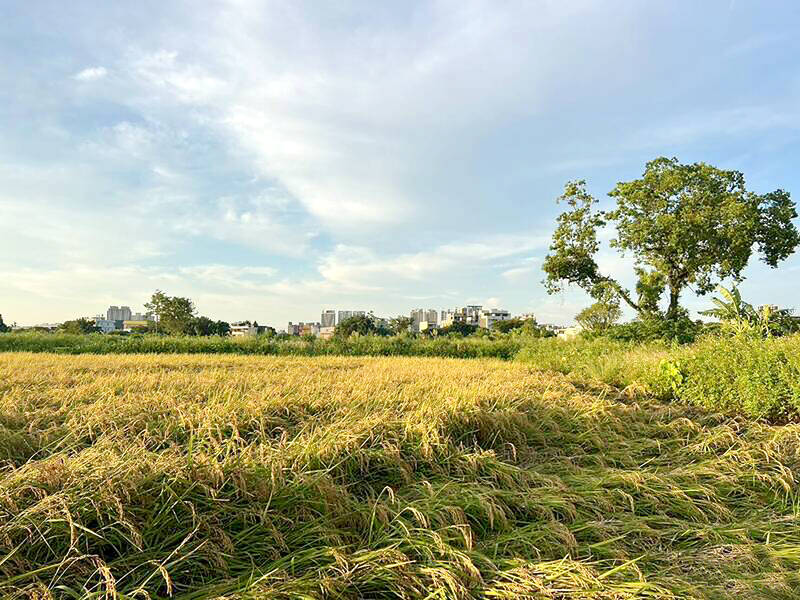
Photo: Taipei Times
However, all of the crops in locations affected by mercury pollution were destroyed before reaching children and other consumers, the agency said.
The Ministry of Environment has been monitoring mercury residue levels in the region and discovered several contaminated locations, prompting action by agriculture and food officials, it said.
The allegations in the media are “not possible” due to the layers of safeguards that the agency has to keep tainted rice out of the supply chains for school lunch programs, Agriculture and Food Agency Deputy Director Huang Chao-hsing (黃昭興) said.
Huang did not name the media firms that published the reports.
Rice and grain procured for government use are always tested before being processed for consumption or storage, he said.
School lunch programs only use rice produced by collectives that comply with place-of-origin labeling rules and they undergo regular tests for pollutants on-site, he said.
The agency’s standard operating procedure is to monitor the soil of crop-growing regions deemed to be at risk of pollution by heavy metals, Huang said.
The monitoring system applies to confirmed or suspected heavy metal pollution, and cases in which soil tests revealed pollution levels bordering on the legal limit, he said.
The monitoring system applies to areas where pollution was previously confirmed, areas where there are unconfirmed reports of pollution and areas where tests revealed high, but legal levels of pollution, he said.
If tests show a level of heavy metal residue that exceeds the legal limit, the local government would dispose of crops growing in the affected region under the agency’s supervision, he said.
Media reports of mercury pollution appear to have conflated the safety standards for soil and crops, Huang added.
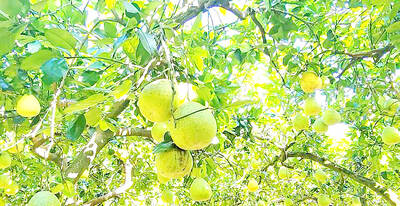
NEW AGREEMENT: Malaysia approved imports last year after nearly two years of negotiations and inspections to meet quarantine requirements, officials said Up to 3.6 tonnes of pomeloes from Taiwan cleared Malaysian customs on Friday, in the first shipment of Taiwanese pomeloes to Malaysia. Taiwan-grown pomeloes are popular in domestic and overseas markets for their tender and juicy taste, the Ministry of Agriculture’s Animal and Plant Health Inspection Agency said. The fruit is already exported to Japan, Canada, Hong Kong, Singapore and the Philippines, it added. The agency began applying for access to the Malaysian market in 2023, compiling data on climate suitability, pests and diseases, and post-harvest handling, while also engaging in nearly two years of negotiations with Malaysian authorities and submitting supplementary
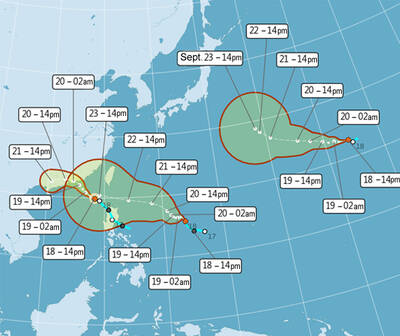
PEAK MONTHS: Data showed that on average 25 to 27 typhoons formed in the Pacific and South China seas annually, with about four forming per month in July and October One of three tropical depressions in the Pacific strengthened into a typhoon yesterday afternoon, while two others are expected to become typhoons by today, Central Weather Administration (CWA) forecaster Lee Ming-hsiang (李名翔) said yesterday. The outer circulation of Tropical Depression No. 20, now Typhoon Mitag, has brought light rain to Hualien, Taitung and areas in the south, Lee said, adding that as of 2pm yesterday, Mitag was moving west-northwest at 16kph, but is not expected to directly affect Taiwan. It was possible that Tropical Depression No. 21 would become a typhoon as soon as last night, he said. It was moving in a
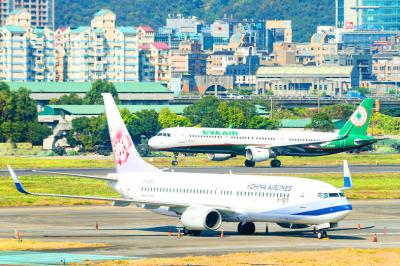
Tigerair Taiwan and China Airlines (CAL) today announced that several international flights were canceled or rescheduled due to Typhoon Ragasa. The Central Weather Administration (CWA) has maintained sea and land warnings for the typhoon. Its storm circle reached the Hengchun Peninsula (恆春半島) on Taiwan's southern tip at 11am today. Tigerair Taiwan said it canceled Monday's IT551/IT552 Taoyuan-Da Nang, IT606/IT607 Taoyuan-Busan and IT602 Taoyuan-Seoul Incheon flights. Tomorrow, cancelations include IT603 Seoul Incheon-Taoyuan, as well as flights between Taoyuan and Sapporo, Osaka, Tokyo Narita, Okinawa, Fukuoka, Saga, Tokyo Haneda, Nagoya, Asahikawa and Jeju. On Wednesday, the IT321/IT322 Kaohsiung-Macau round-trip would also be canceled. CAL announced that today's
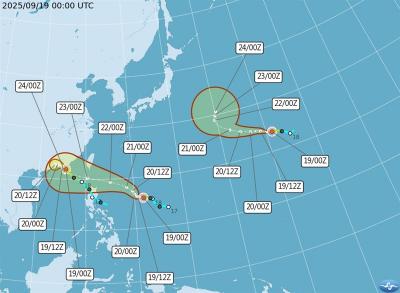
Three tropical depressions yesterday intensified into tropical storms, with one likely to affect Taiwan as a typhoon, the Central Weather Administration (CWA) said. The three storms, named Mitag, Ragasa and Neoguri, were designated as storms No. 17 to 19 for this year, the CWA said. Projected routes indicate that Ragasa is most likely to affect Taiwan, it said. As of 2am today, Ragasa was 1,370km east-southeast of Oluanpi (鵝鑾鼻) on the southernmost tip of Taiwan. It was moving west-northwest before turning northwest, slowing from 11kph to 6kph, the agency said. A sea warning for Ragasa is unlikely before Sunday afternoon, but its outer rim